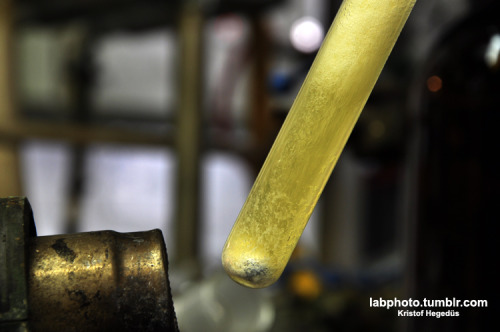

Quote: Originally posted by kristofvagyok  |
Quote: Originally posted by Hexavalent  |
Quote: Originally posted by Hexavalent  |
Quote: Originally posted by kristofvagyok  |
Quote: Originally posted by barley81  |
Quote: Originally posted by blogfast25  |

Quote: Originally posted by kristofvagyok  |
Quote: Originally posted by blogfast25  |
Quote: Originally posted by elementcollector1  |
Quote: Originally posted by elementcollector1  |
 ):
):